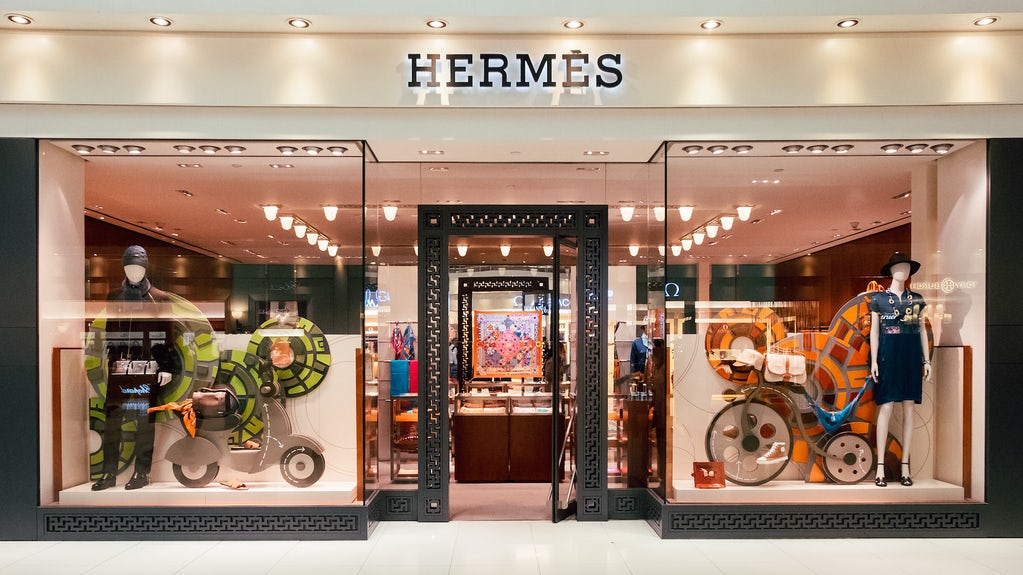Began as a Saddlemaker
Thierry Hermès founded Hermès in 1837 as a harness workshop in Paris. Gradually, the company’s product offerings expanded through generations. Between 1880 and 1900, it started selling saddles and introduced its product in retail stores. In 1900, the company started selling the “Haut à Courroies” bag, which was meant for riders to carry their saddles. In 1918, Hermès introduced the first leather golf jacket with a zipper, made for the then Prince of Wales. In the 1930s, it entered the US with an exclusive distribution with Neiman Marcus in NYC. The brand’s iconic duc-carriage-with-horse logo and signature orange boxes were introduced in the 1950s. The famous “Birkin bag” was introduced in 1982, after a chance conversation between the then CEO Jean-Louis Dumas and actress and singer Jane Birkin on a flight from Paris to London. Over a period of time, the company has extended its reputation and offering by entering into strategic collaborations with specific players and also its suppliers in the ultra-luxury segment.
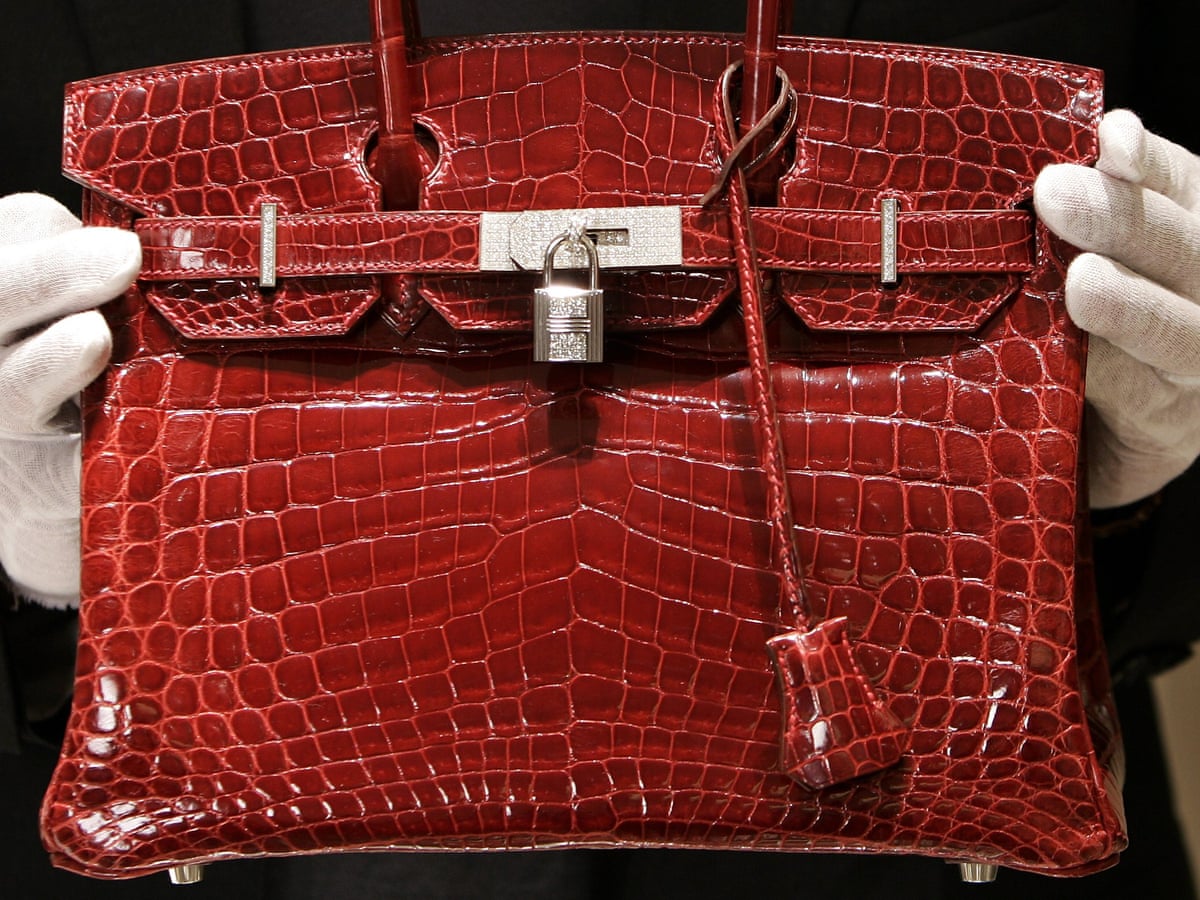
Ultra Luxury Brand – Heritage, Craftsmanship, and Exclusivity
The Hermès brand is deeply entrenched in the platforms of “quality” and “refinement”. According to Hermès, each and every product bearing the brand’s name reflects the hard work put into it by an artisan, and the strength of the Hermès brand is its love for craftsmanship. Creative Director Pierre-Alexis Dumas, once said “I think Hermès objects are desirable because they reconnect people to their humanity… Our customer feels the presence of the person who crafted the object, while at the same time the object brings him back to his own sensitivity because it gives him pleasure through his senses”.
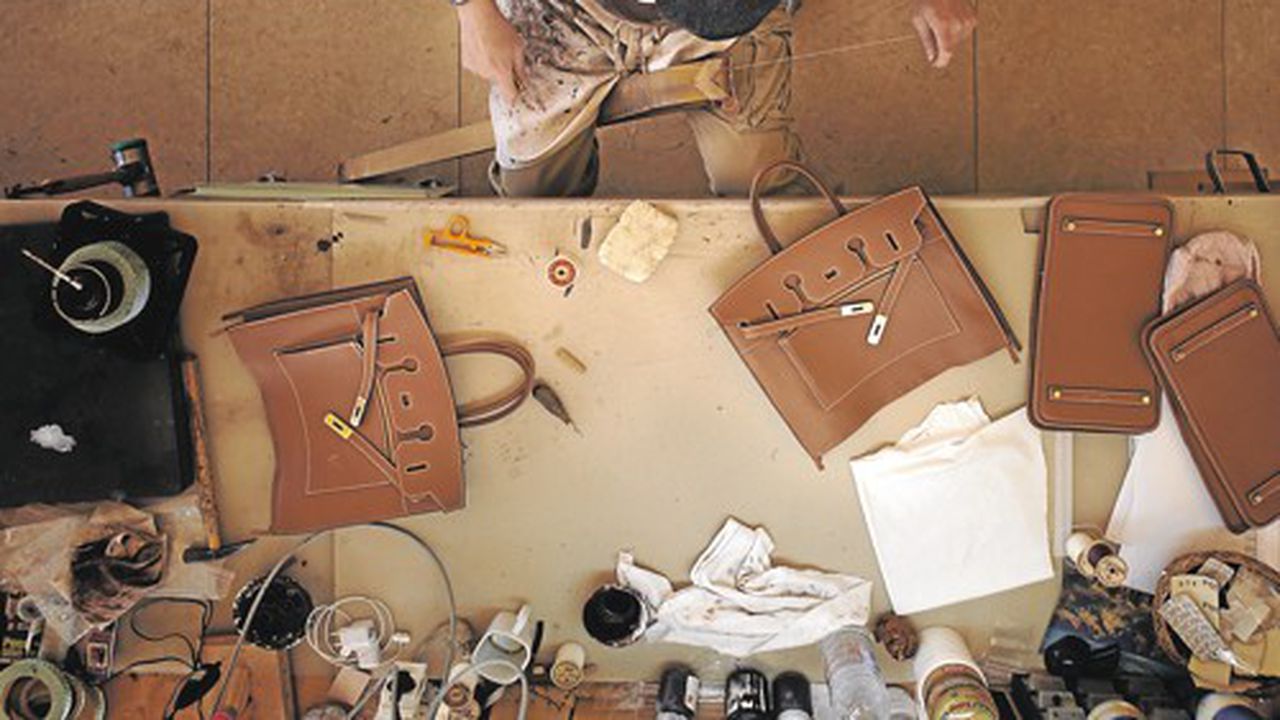
All Hermès products are made almost entirely in France in workshops (Ateliers Hermès). Hermès claims each product is entirely manufactured by hand by only one craftsman, signifying the quality of craftsmanship and uniqueness of its products. There is an intense desire for the company to remain exclusive. The aura of exclusivity is important as Hermès does not intend to portray the brand as the mass-market luxury or even premium luxury. The philosophy has always been to remain “ultra-premium luxury”, which can only be afforded by the very few and is not easily available. Hermès regularly goes back to its roots when it needs to find inspiration for creating and launching new products. “Heritage” is one of the strongest differentiators of the core brand identity.
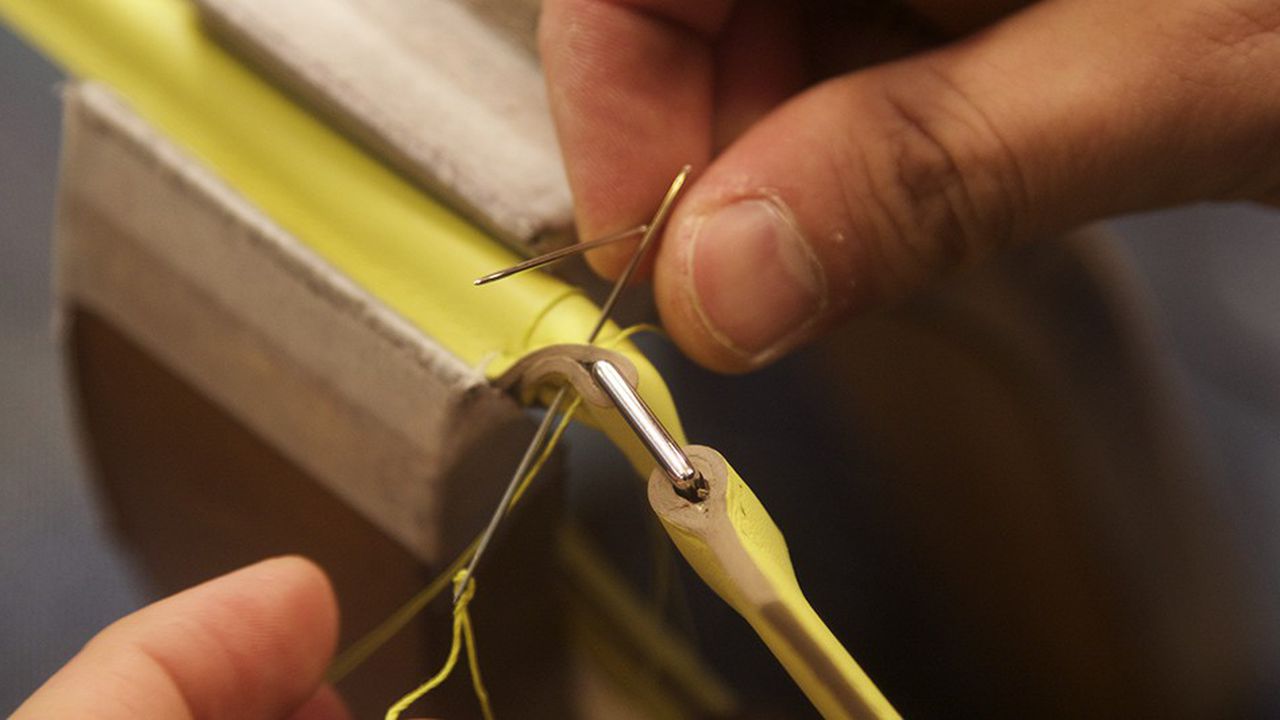
The overall structure and positioning of the product portfolio under the Hermès brand name is a classical umbrella branding strategy. Even though every one of the products in all the categories has distinctive names, the overall Hermès name forms the core of all marketing and communication strategies. The only product that can arguably stand on its own without the Hermès name is the Birkin bag.
Always Creatively Innovating
An intense focus on innovation has pushed Hermès to discover new avenues for brand growth and for widening the brand’s influence in the ultra-luxury segment. It is considered one of the world’s most innovative luxury fashion brands. For example, with “Petit H” the company undertook the “luxurious recycling” of raw materials leftover from Hermès manufacturing.
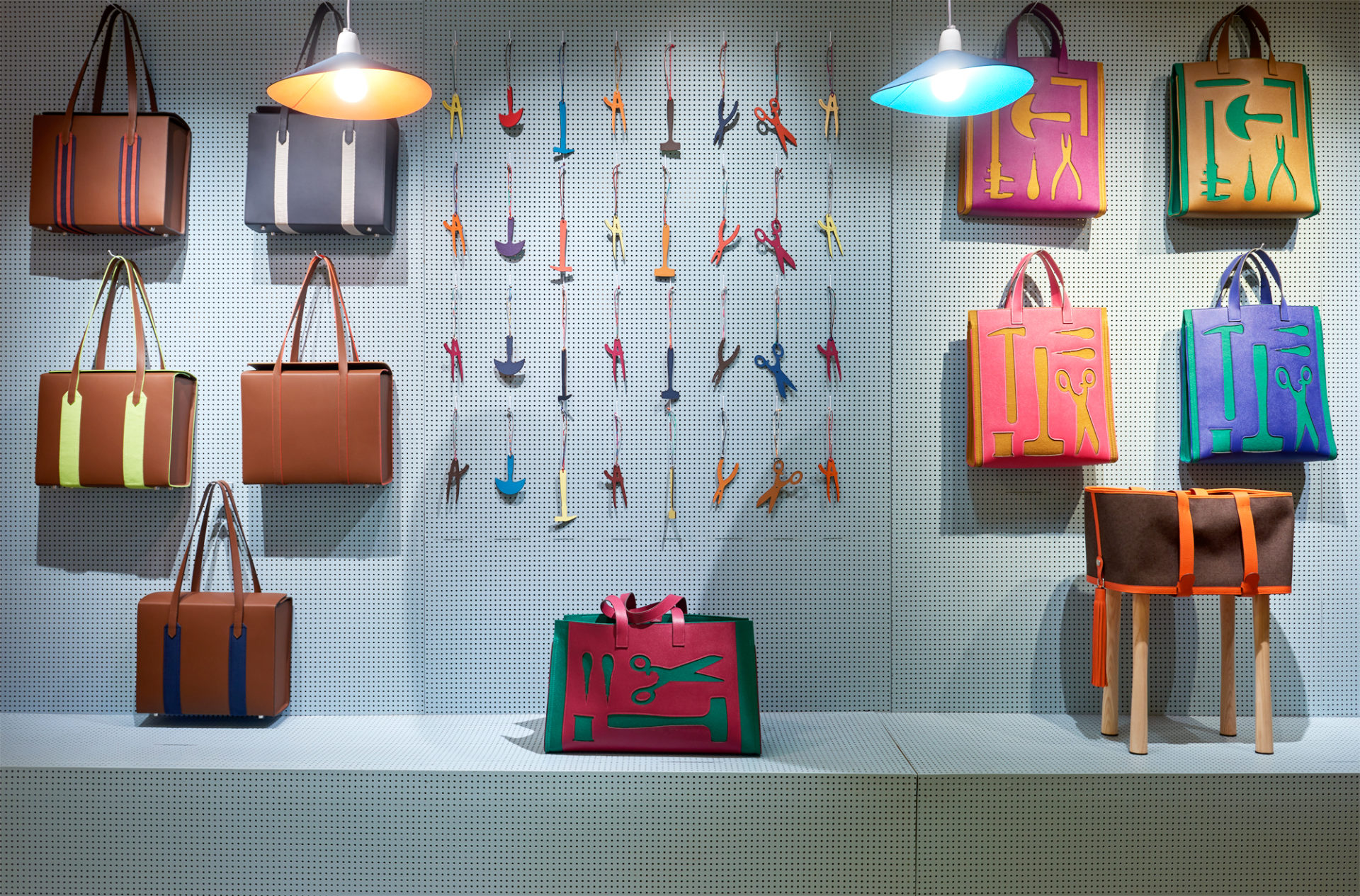
In 2015, Hermès announced it would focus on exploring and wandering, and reflect these experiences in its brand. It opened the Wanderland exhibition in London, with the exhibition moving on to Paris, Turin and China. The theme of these exhibitions was flânerie, which is defined as wandering the city streets and absorbing the details of everyday life. The Wanderland exhibitions had multiple floors with bizarre themed rooms that contained exhibits from the Hermès archive.
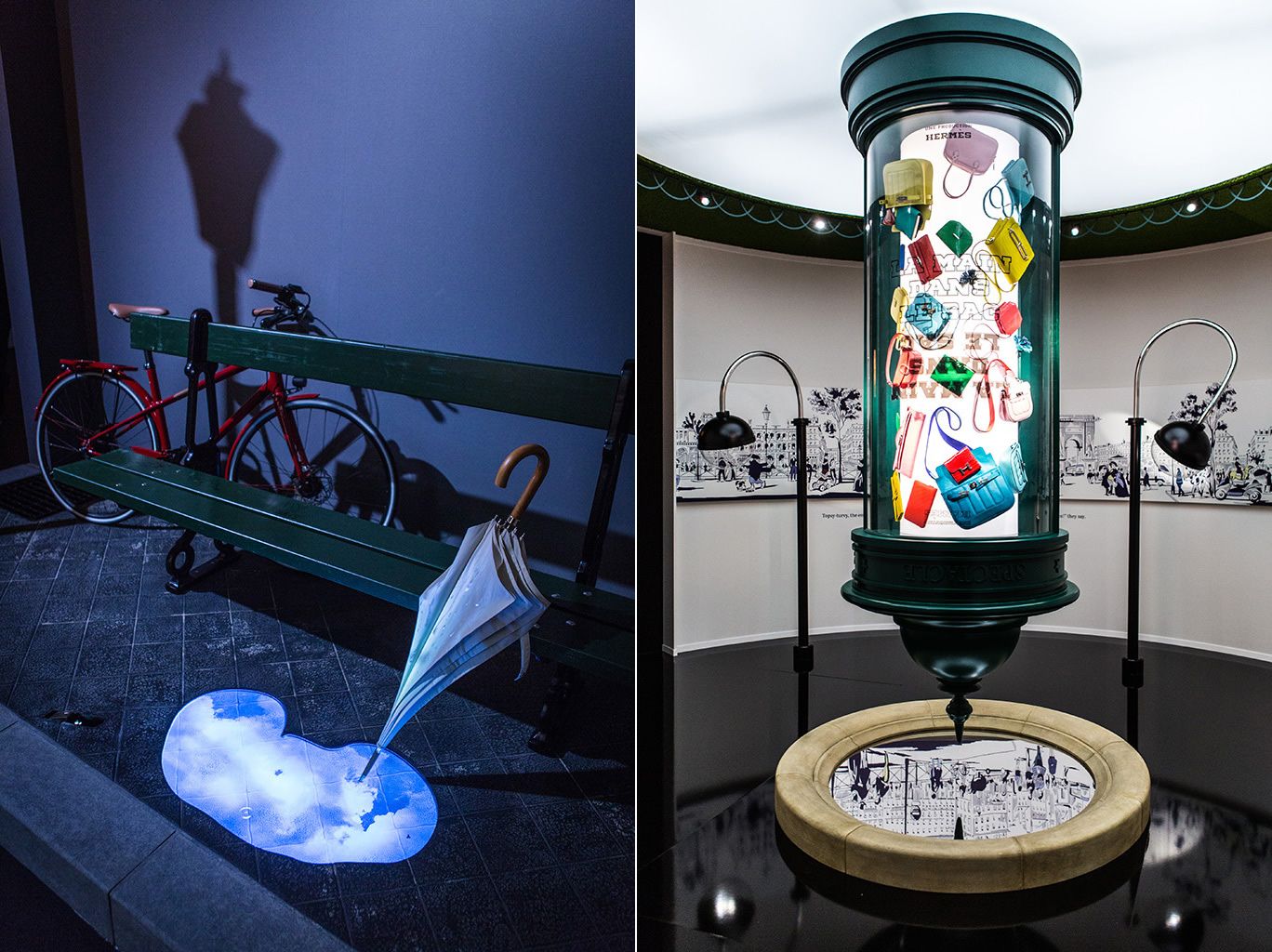
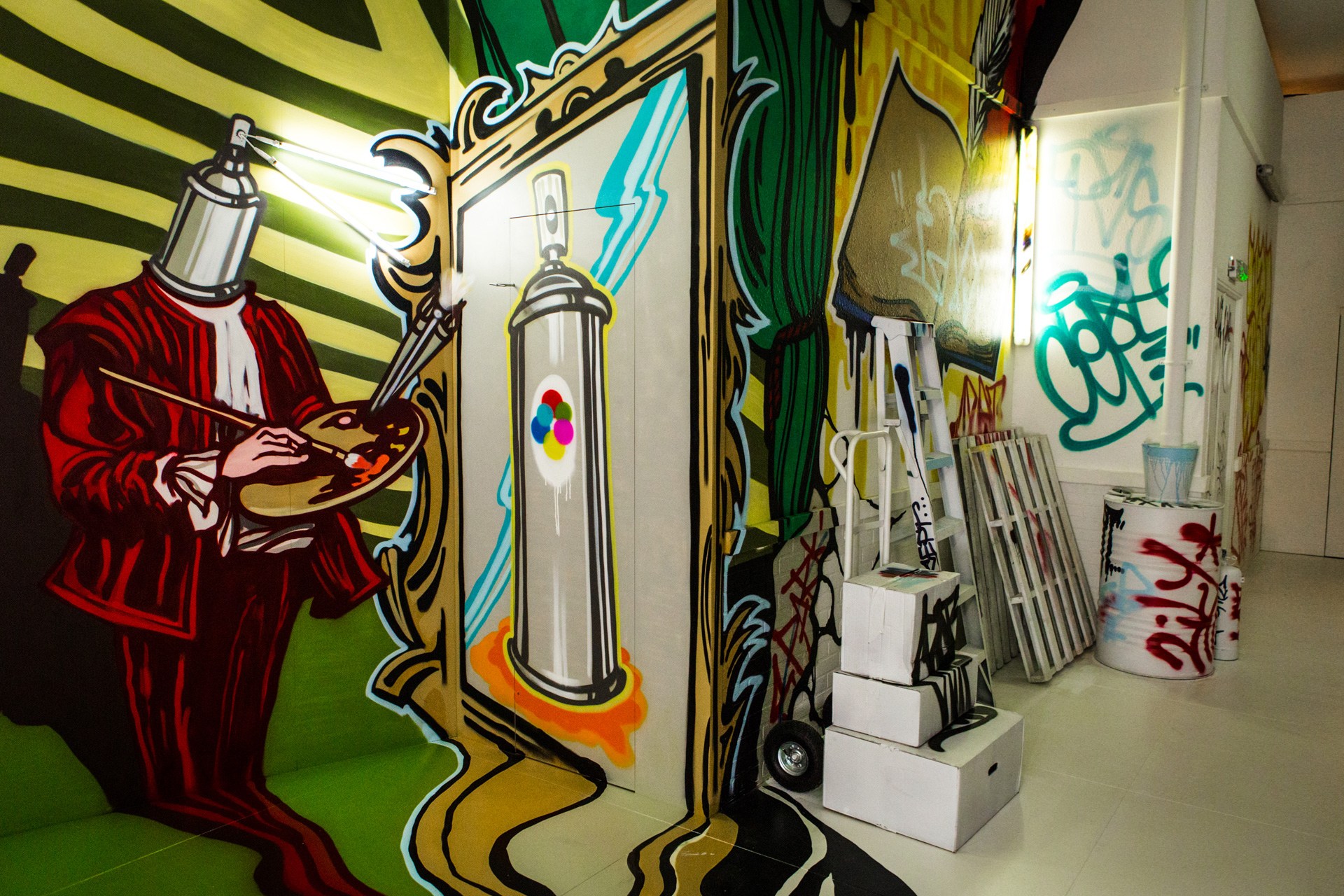
Hermès operates a huge, expanding and profitable service business of meeting bespoke requests of ultra-rich individuals done through the Hermès Horizons brand name. Another very strong and distinctive element of Hermès innovation is artistic collaboration. Adopted by the first generation of the founding family, Hermès regularly invites artists (carefully selected by senior Hermès artistic directors) to design iconic products in the company’s portfolio.





